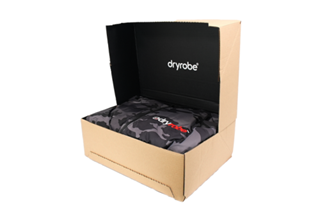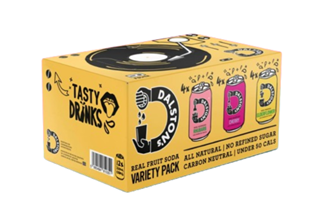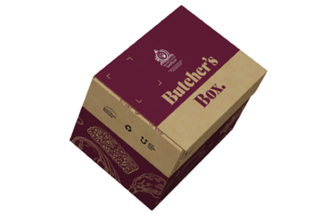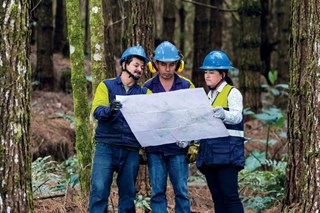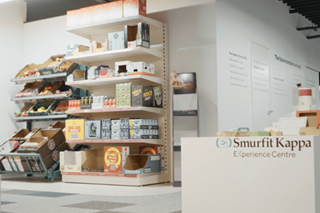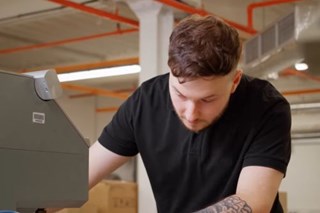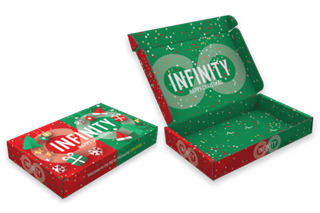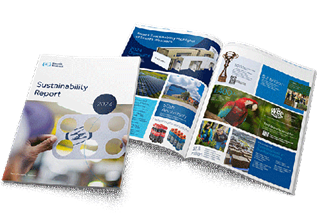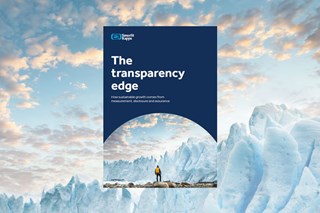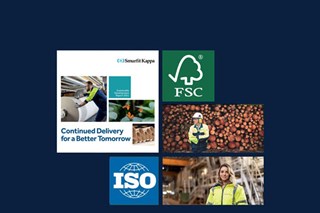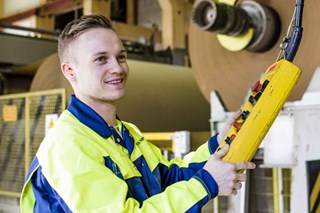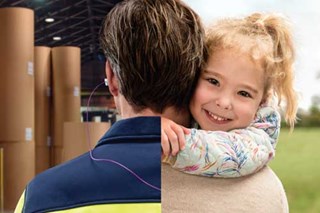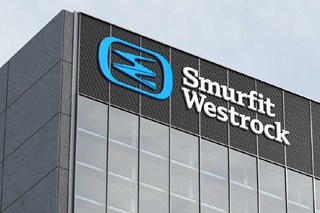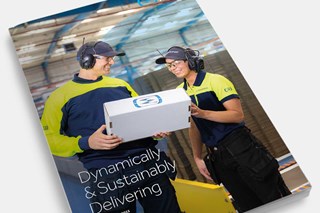Eco-friendly vs Sustainable packaging: Why ‘Sustainable’ is the smarter choice

When it comes to packaging, the terms eco-friendly and sustainable are often used interchangeably - but for businesses making responsible choices, understanding the difference is crucial. With 62% of consumers actively seeking out sustainable products (The RoundUp), the language used matters just as much as the materials.
Transparency matters too. In fact, 63% of businesses now say they provide complete transparency on how and why sustainability decisions are made - because credible, evidence-backed claims help build trust and long-term value.
At Smurfit Westrock, we choose the term sustainable for good reason - it reflects long-term thinking, measurable impact, and genuine environmental responsibility.
In this blog, we unpack what sets these terms apart - and why using the right one can help businesses build trust, meet regulations, and support meaningful change.
What’s the problem with ‘eco’?
Eco-friendly is typically defined as ‘not environmentally harmful.’ But when it comes to packaging, that claim can be misleading. Many materials labelled as eco-friendly still contribute to landfill, release microplastics, or require high energy use during production. Even packaging marketed as recyclable or biodegradable may not be processed correctly due to limited infrastructure - meaning the environmental harm isn’t always obvious at first glance.
With 75% of consumers more likely to purchase from brands that offer green or sustainable products (Deloitte Global), it’s easy to see why some businesses are drawn to ‘eco-friendly’ labels. But intention doesn’t always equal impact.
As Smurfit Westrock Sustainability Lead UK&I, Lianne Pemberton explains: “Terms like ‘eco’ are considered vague and give the impression that the product has a reduced impact on the planet, but it may only consider the material used to make the product, not the process of which was used to make the product materials. Any environmental claim including terms like ‘eco’, must accurately reflect the product’s true impact on the planet”. Without clear frameworks, vague terms risk misleading consumers - a key concern raised by both the FTC Green Guides and recent EU legislation. The Transparency Edge report notes that inconsistent data and lack of supply chain visibility are major barriers to building credibility.

Sustainable packaging goes further. It considers the full life cycle of a product - from responsibly sourced raw materials and energy-efficient manufacturing to logistics, end-of-life recovery, and circularity. It’s not just about what the packaging is made from, but how it’s produced, how it performs, and where it ends up.
While we prefer the term ‘sustainable’ over vaguer labels like ‘eco-friendly’, it’s important to recognise that even ‘sustainable’ can fall short if it isn’t backed by clear evidence. That’s why we focus on transparency: through detailed reporting, product-level specificity, and measurable actions. Sustainability, when defined properly, is about long-term thinking, environmental responsibility, and lasting value.

It helps reduce environmental footprint, supports compliance with evolving regulations such as packaging EPR legislation, and meets growing consumer demand for responsible choices. But beyond meeting external expectations, it also supports the values of businesses actively striving to make a positive difference - all while protecting reputation and commercial performance.
With 49% of consumers stating they would pay more for sustainable packaging and delivery (Deloitte Global), businesses can’t afford to blur the lines. Understanding the difference between eco-friendly and truly sustainable solutions is essential for building genuine long-term trust with today’s eco-conscious customers and overall business success and longevity.

Why Smurfit Westrock proudly say ‘sustainable’
At Smurfit Westrock, sustainability isn’t just a label we apply to our packaging - it’s central to how we operate. As a global leader in sustainable packaging solutions, we take a full life cycle approach, considering everything from responsibly sourced materials and energy-efficient manufacturing to end-of-life impact.
Our packaging experts tend to use the term ‘sustainable’ rather than ‘eco-friendly’, not because one is necessarily better, but because sustainability places more emphasis on long-term responsibility and measurable progress. Terms like ‘eco-friendly’ are often well-intentioned but can be interpreted in different ways.
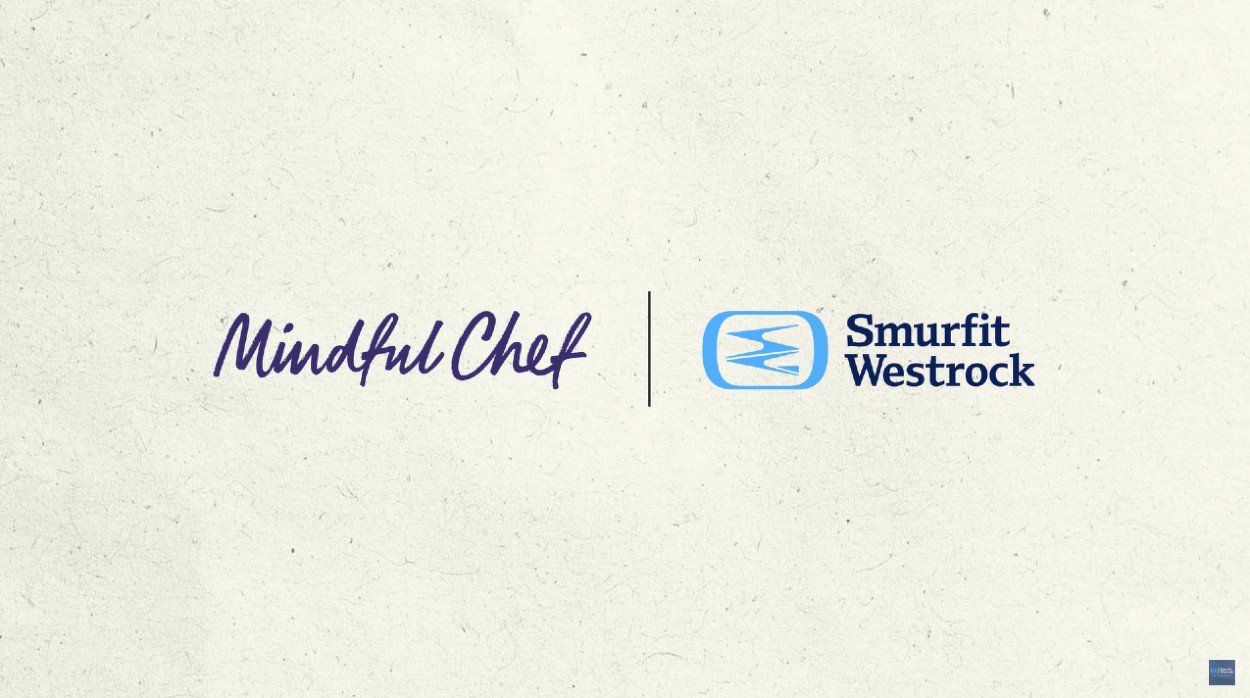
Since nearly all production has some level of environmental impact - whether through energy use, water consumption or waste - we believe it’s important to be transparent about how that impact is reduced. That’s why we focus on sustainability in terms of specific actions, data-backed improvements, and a commitment to continual progress.
Pemberton explains: “The FTC Green Guides say that in order for a product to be properly labelled as ‘eco-friendly,’ the packaging must explain why it is environmentally responsible. Otherwise, based on how consumers actually use the product, it could, in fact, be harmful to the environment.” By using precise and sustainable terminology, Smurfit Westrock helps customers to make informed, responsible packaging choices.

A powerful example of sustainable packaging in action is our collaboration with Cappellaro Fruits, a leading grape farming business. We replaced their plastic produce trays with a fully recyclable, paper-based solution - eliminating around 120,000 non-biodegradable containers each year.
This change prevents nearly 9 tonnes of plastic waste and approximately 63 tonnes of CO₂ emissions annually, while also cutting delivery truckloads from 48 to just 3. This not only aligned with our customer’s sustainability goals but also enhanced their product presentation and logistics.
Get to grips with greenwashing
40% of consumers seek businesses that demonstrate authenticity (GWI), and they want to know that products are as sustainable as brands claim them to be. This means avoiding greenwashing, which occurs when a business or product appears to be environmentally friendly without actually reducing its environmental impact and providing transparent and verifiable data.
This is something the Competition and Markets Authority (CMA) has raised concerns about, highlighting the increased demand for green products - in 2019, UK consumers spent £41 billion on ethical goods and services, which is almost four times as much as people spent two decades ago (House of Commons Library) - leading to some businesses making misleading, vague or false claims about the environmental impact of their products.

For example, some may exaggerate the benefits of certain packaging materials or imply that products are eco-friendly without evidence. This practice not only misleads consumers but also undermines genuine sustainability efforts, erodes trust in environmental claims, and puts businesses at risk of reputational damage, regulatory scrutiny, and even legal action.
Sustainable by design
At Smurfit Westrock, we look beyond eco-friendly buzzwords to deliver truly sustainable packaging. Through our Better Planet Packaging initiative, we work to reduce packaging’s environmental impact, prevent waste, and help our customers switch to more sustainable alternatives.
For us, sustainable packaging means leaving no trace for future generations. From responsible materials to smart design, every part of our process is built around sustainability without compromising on quality or performance.
As demand for environmentally responsible products continues to grow, businesses need more than green labels; they need packaging that performs and supports their own sustainability goals. That’s exactly what we deliver. Get in touch to see how we can help today.

